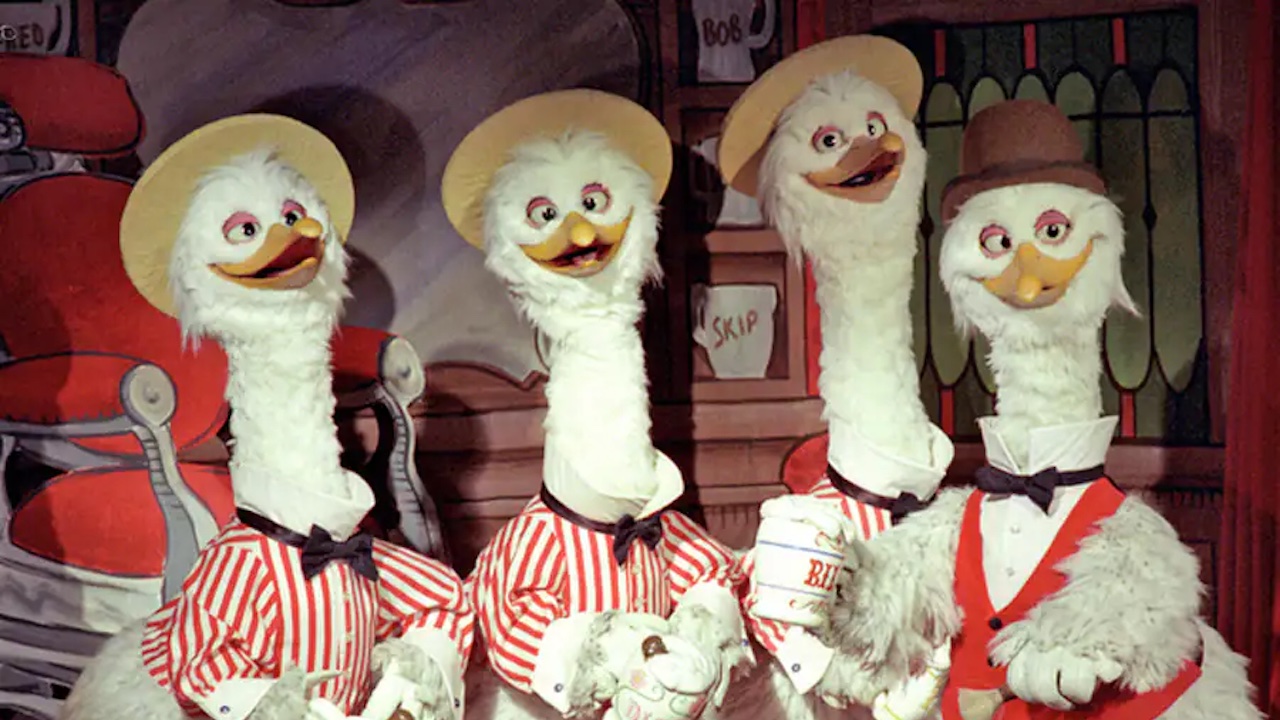
When it comes to the history of Disneyland attractions, there are generally two types. There are the ones that stand the test of time, like Pirates of the Caribbean or Mr. Toad’s Wild Ride, and then there are the ones that have been replaced and forgotten, like the Flying Saucers of Tomorrowland. America Sings is something else. The attraction has been gone for decades and was never a massive fan favorite, but it’s an attraction that will probably always be remembered because without it, we may never have gotten Splash Mountain.
35 years ago, on April 10, 1988, America Sings closed. It was not a closure that was met with a great deal of fanfare, but it was nonetheless was a key moment in Disneyland's history. So let’s take a look at what America Sings was and why this little animatronic show ended up being so important.
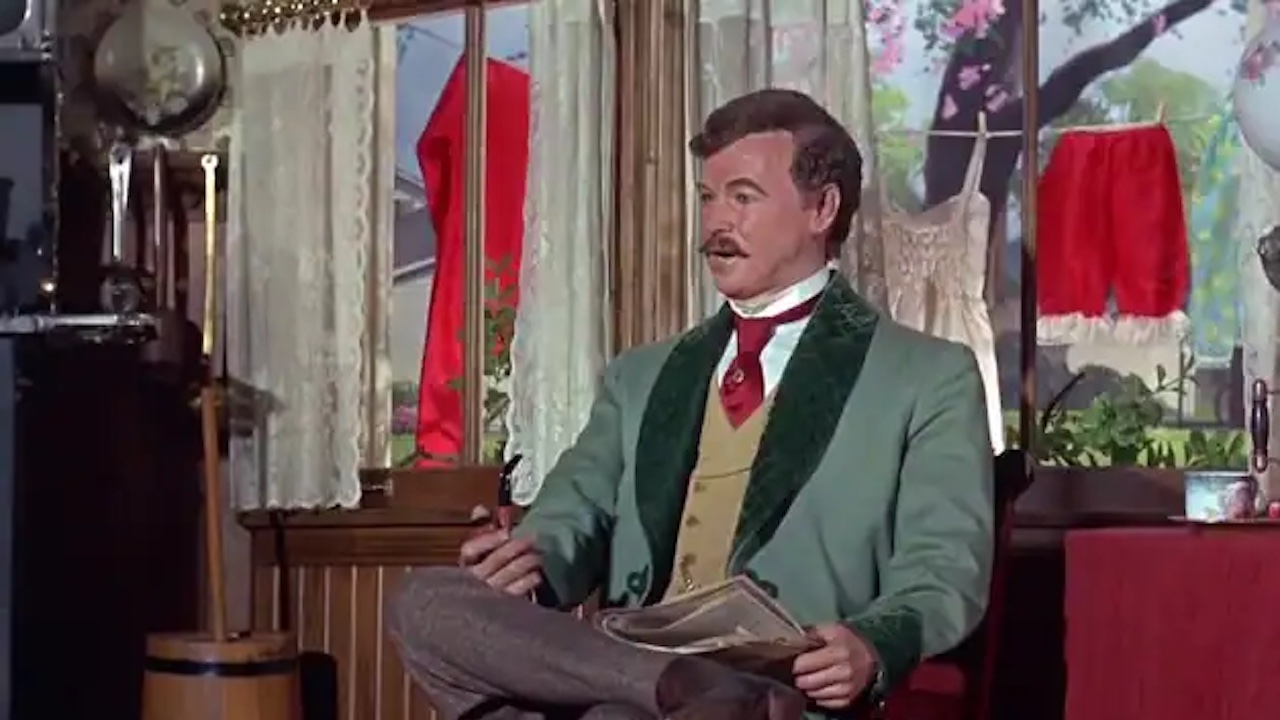
The Carousel of Progress And Disneyland
Following the 1964-65 New York World’s Fair, the four attractions created by WED Enterprises (later Walt Disney Imagineering) made their way, in one form or another, to Disneyland. One of these was an animatronic theater show called The Carousel of Progress. A series of vignettes took viewers through the history of electricity over the decades. Guests would be loaded into one theater, and the seating area would rotate around the central stage as each segment of the show concluded.
It was a popular show at the fair and at Disneyland, but in the early 1970s, attendance for the Carousel of Progress began to decline, and there was a brand-new theme park in Walt Disney World’s Magic Kingdom that could always use more attractions, so the Carousel was loaded up and shipped east in 1973. The Carousel of Progress still runs at Magic Kingdom today, though the show has occasionally been updated to make it a bit more timely. But at Disneyland, the rotating theater was repurposed into something new.
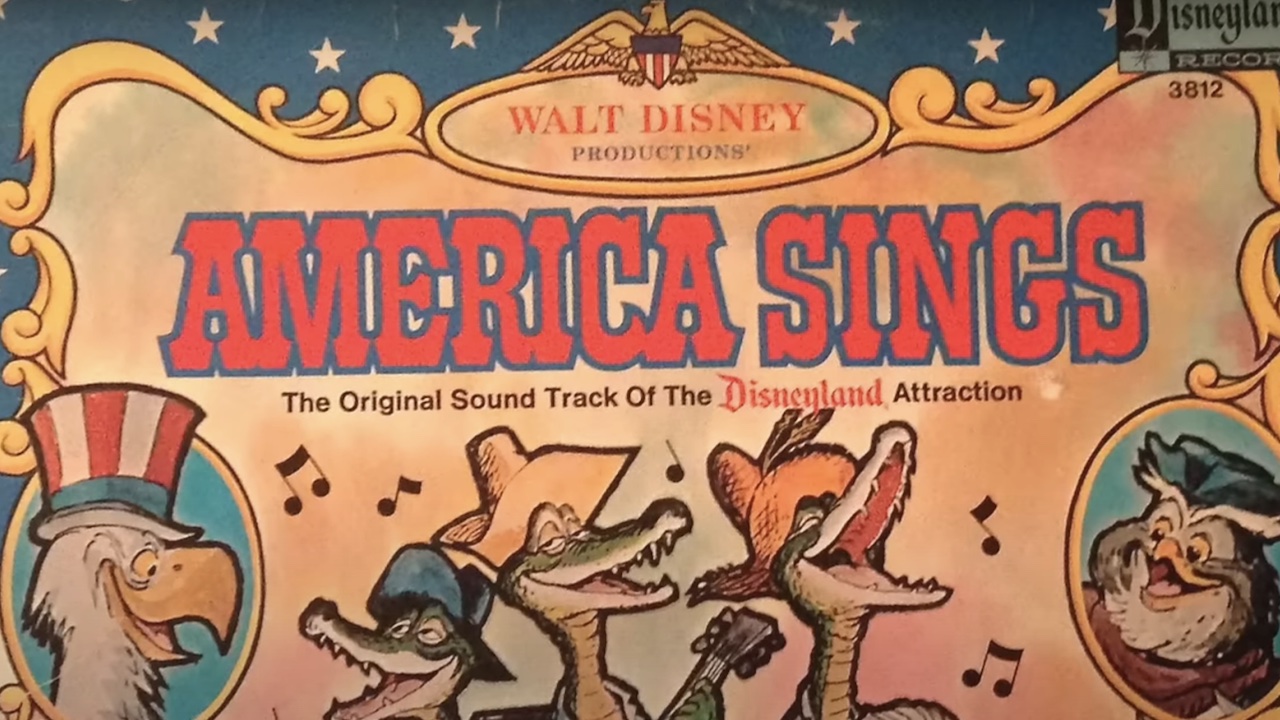
America’s Bicentennial And America Sings
In the early 1970s, America was already looking forward to the nation’s bicentennial in 1976, and so the idea came about to replace the Carousel of Progress with something specifically patriotic. A show similar to the Carousel of Progress was devised. Instead of human animatronics, the characters would be anthropomorphic animals. Each segment of the show would feature traditional songs of Americana in a given era.
The show was created and designed by Al Bertino and Marc Davis (remember that latter name, it’s going to be important later). The show had dozens of animatronic characters that sang everything from “Yankee Doodle Dandy” to “Hound Dog. ” The show opened in 1974, giving it two years to run while hype built for the bicentennial.
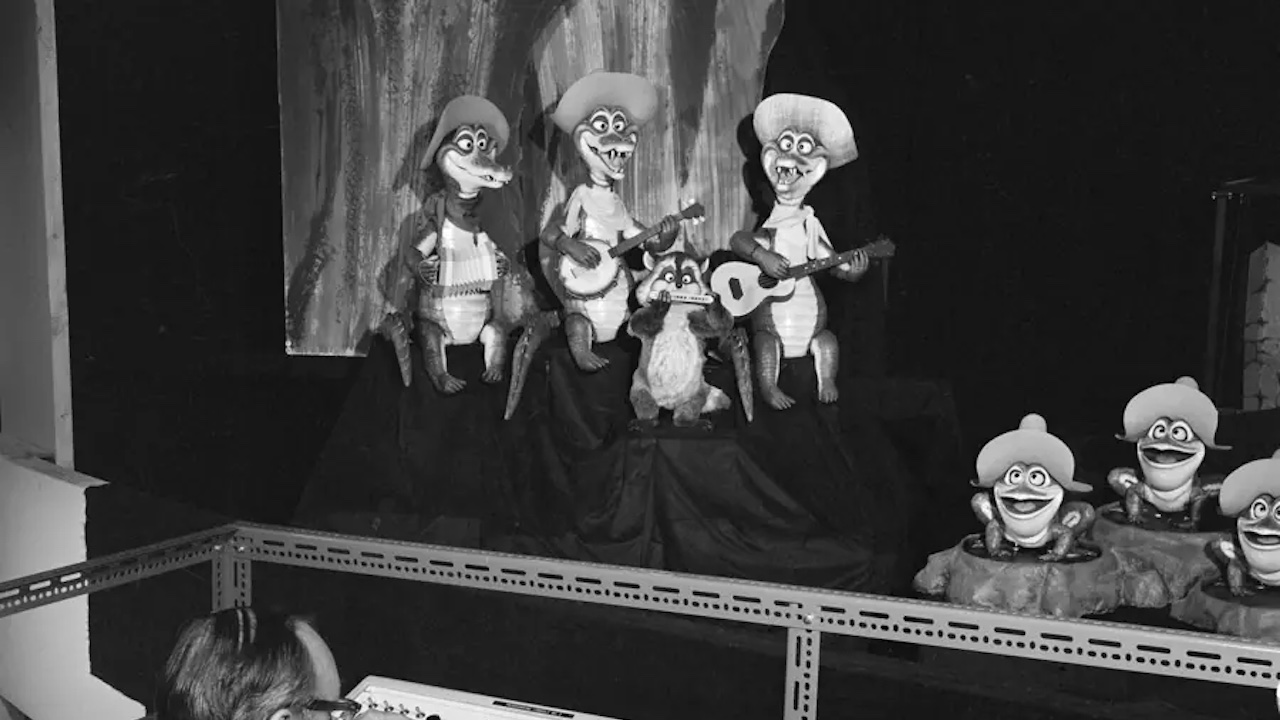
Tragedy In America Sings
One of the greatest tragedies in the history of Disneyland occurred nine days after America Sings opened. On July 8, 1974, an 18-year-old Disneyland cast member, Deborah Gail Stone, died inside the show building after being crushed between the rotating walls of the attraction.
While it’s still unknown exactly what happened because Stone was alone, a narrow space apparently opened up between the stationary wall of the stage and the rotating wall of the audience section, and the young woman somehow was caught between them. A guest heard Stone scream and alerted other Cast Members, but Stone was dead before anybody could get to her. The attraction was closed down for a few days, and breakaway walls were later installed to prevent the same accident from happening again.
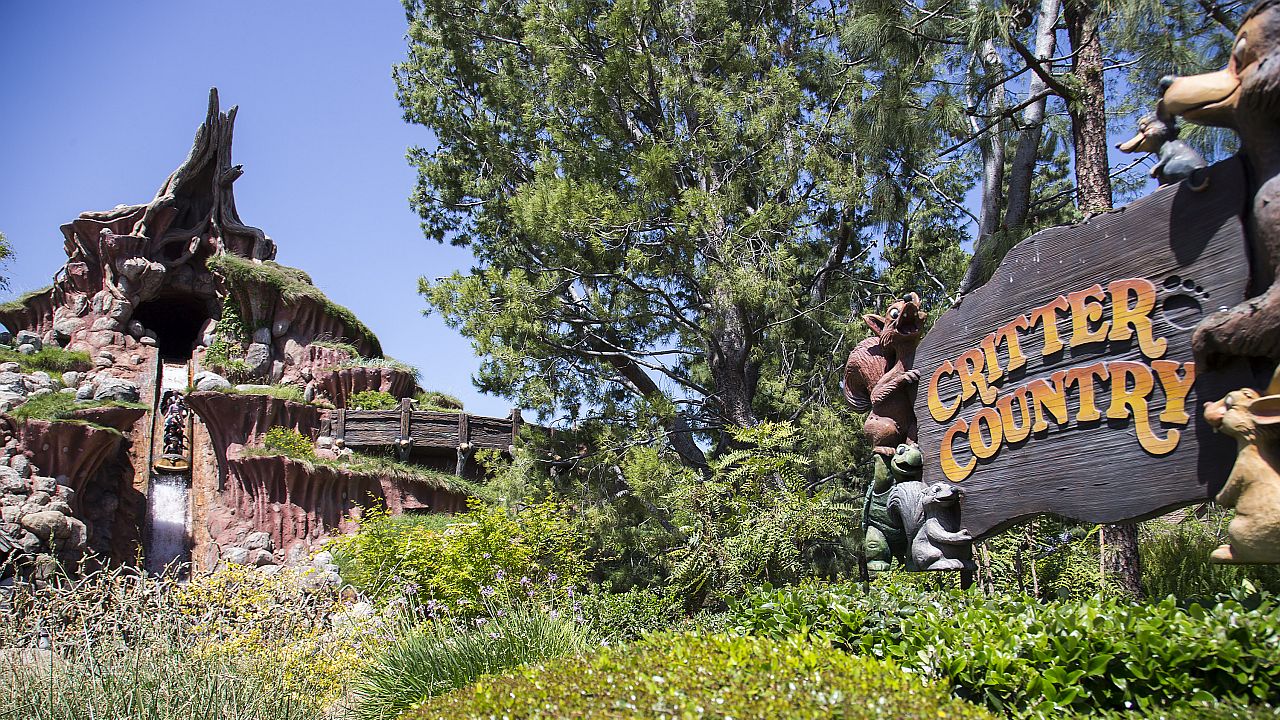
The Origins Of Splash Mountain
Once the bicentennial happened, interest in the show began to wane quickly. America Sings also never really fit as a show for the futuristic Tomorrowland. Having said that, there were no immediate plans for what to do with the space, so America Sings simply continued to run until a new idea came along; not for the theater, but for the animatronics.
In 1983, Imagineer and future Disney Legend Tony Baxter had been tasked with coming up with an idea that would accomplish multiple goals at once. Disneyland needed another attraction to help draw more guests into the dead end that was Bear Country, as The Country Bear Jamboree was showing its age and they needed to figure out what to do with the dozens of expensive animatronics that filled America Sings since it was time for that show to end.
The idea that Disneyland could use a log flume ride had been suggested previously, and while not everybody loved the idea, Baxter was the one whi figured out how to “plus” the ride and give it that extra Disney magic. The key was, of all things, Disney’s controversial 1946 film Song of the South.
The lead animator for the movie’s three main animal characters, Br’er Rabbit, Br’er Fox, and Br’er Bear, had been one Marc Davis, the same guy who would design America Sings 30 years later. As such, the style of the characters was very similar, which meant the old America Sings animatronics could be placed right next to a brand new Br’er Rabbit animatronic, and they’d look like they belonged together.
Originally called The Zip-A-Dee-Doo-Dah Run, the name was changed to Splash Mountain by new CEO Michael Eisner, both so it would continue the trend of E-ticket “mountains” in the park, and as a nod to Splash, Disney’s first live-action movie hit in years.
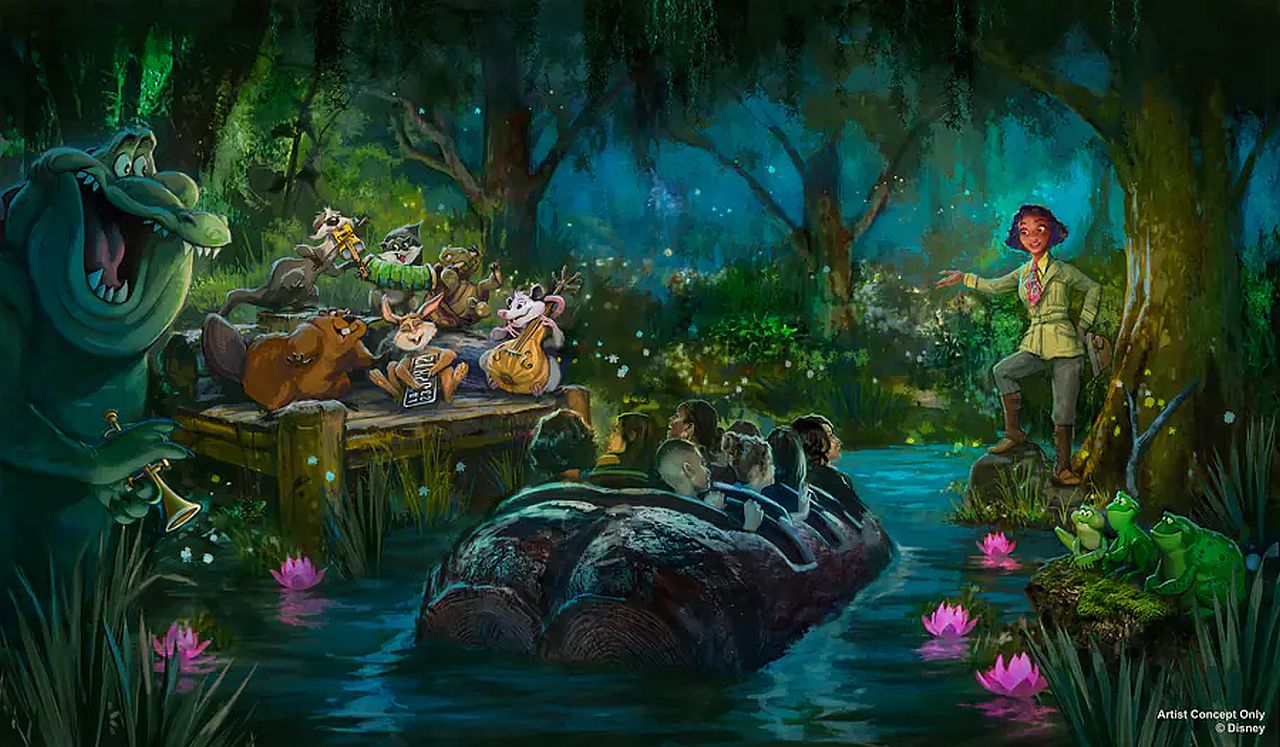
The Future Of The America Sings Animatronics
While a closure date for Splash Mountain at Disneyland has yet to be announced, we know that day is coming soon. At some point, the transition, which has already begun at Walt Disney World, into Tiana’s Bayou Adventure will begin. While the core log flume ride isn’t changing, the story will be entirely replaced, with new characters based on The Princess and the Frog.
However, there’s a good chance that at least some of the America Sings animatronics may still survive. We’ve seen in the concept art for Tiana's Bayou Adventure that a lot of new animal characters will be appearing in the new version of the ride. While these could end up being all brand-new animatronics, we might see at least some of them remain in the attraction in a new capacity.
Even if America Sings and all its elements have finally seen the end of their road, it’s an attraction worth remembering. It had a far longer-lasting impact on Disneyland than anybody could have ever imagined for a show that was designed for a particular moment in time.







